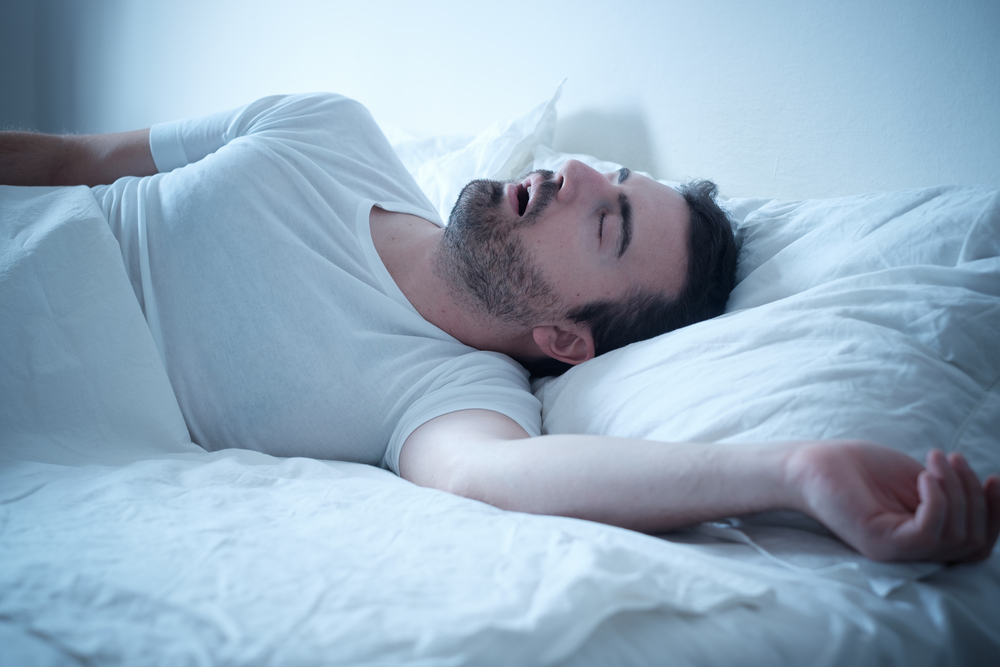Obstructive sleep apnoea (OSA), in which breathing is interrupted during sleep, may soon be identified using an AI-driven model from the comfort of one’s residence.
Researchers from Seoul National University, Seoul National University College of Medicine, and Columbia University, New York, developed a camera system to diagnose OSA from sleep recordings.
Traditionally, OSA diagnosis is conducted via polysomnography (PSG). This typically requires overnight hospital admission and attaching up to 20 sensors to the patient.
Data from these sensors is then consolidated into the apnoea-hypopnea index (AHI), which measures the number of apnoeas – instances of halted breathing – per hour to assess the condition’s severity.
In addition to being slow and cumbersome, PSG has its shortcomings. As Hyung-Sin Kim from Seoul National University in South Korea stated, “Many people say that they cannot sleep well during PSG due to the inconvenience. Accurate testing requires multi-night observation of natural sleep to mitigate night-to-night sleep variability and first-night effect, which is nearly impossible for PSG in practice.”
To address these issues, Kim and his team introduced a system wherein an individual suspected of OSA is observed with an infrared camera during sleep. Their AI tool, SlAction, can then diagnose the disorder from the video.
To train the AI, the researchers utilized video footage of numerous individuals, each approximately 6 hours long, collected from three hospitals.
These videos, marked with professional diagnoses, allowed the AI to learn to identify OSA’s visual signs, such as frequent awakenings or gasping. In evaluations, the system identified OSA with an 88% accuracy rate.
How the study worked
- Introduction of SlAction: A group of researchers developed “SlAction,” an innovative system designed to detect Obstructive Sleep Apnea (OSA) in individuals. It uses infrared videos to non-intrusively monitor sleep patterns, providing a fresh perspective on OSA diagnosis.
- Limitations of Polysomnography (PSG): Currently, OSA is predominantly diagnosed using Polysomnography, a method that involves an overnight stay at a specialized hospital with multiple sensors attached to the patient. This method is prone to inaccuracies primarily due to the “first-night effect,” where the unfamiliar environment and the discomfort of the sensors can impact sleep patterns.
- Core research focus: The team’s primary research question was whether respiratory events associated with OSA are discernibly reflected in human movements during sleep. They analyzed a substantial sleep video dataset comprising over 5,098 hours to answer this. Their findings confirmed that there indeed were notable correlations between events indicative of OSA and minor human movements during sleep.
- Technical approach: SlAction is designed to use a low frame rate (2.5 FPS) for capturing videos, employing a large window size for sliding window analysis. This approach ensures that the system captures slow, long-term motions related to OSA. A notable feature is the local processing of all video streams, ensuring privacy for individuals.
- Results: Preliminary tests of the SlAction system suggested an F1 score of 87.6% in detecting OSA across different environments.
AI-supported OSA diagnosis joins a swathe of other medical technological advancements this year, covering everything from restoring speech and movement to stroke, neurodegenerative disease, accident victims, developing new drugs, and diagnosing Parkinson’s disease from eye images.





